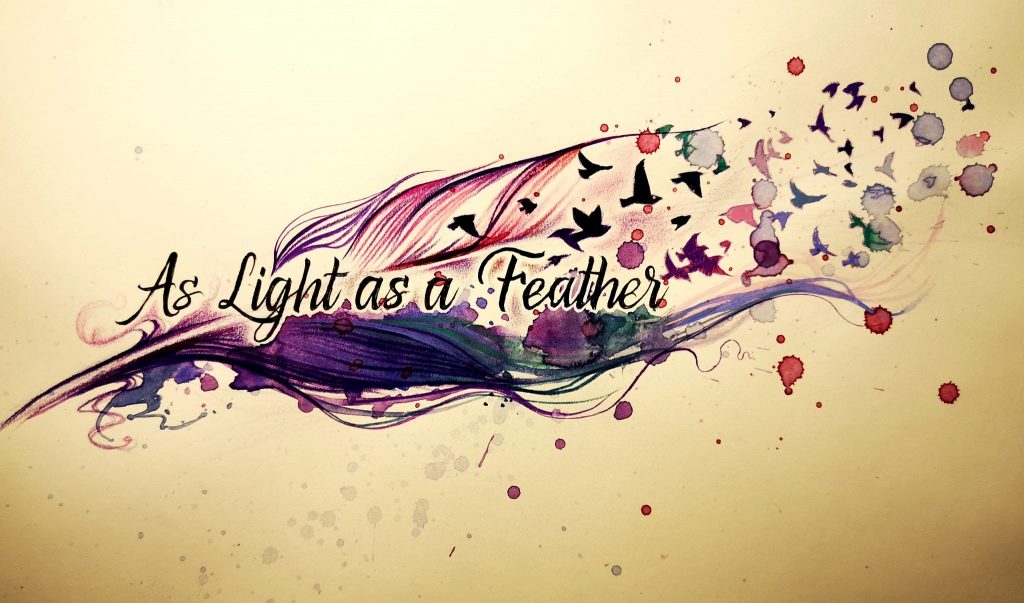Positive Change and Hidden Feelings
Have you ever received news that society tells you should have you cartwheeling with happiness — popping champagne, celebrating with friends and family — but instead felt something more complicated? You know deep down it’s what you want, yet there’s an overwhelming sense of, oh wow — my whole world is about to change.
I know I want this, but how much? Then your mind may begin catastrophising — urging you to stay in the familiar, keep to the easy routine, and avoid putting yourself in a vulnerable position. Why would you risk all of that? Our inner critic, or even imposter syndrome, often shows up when big life changes are presented to us.
It’s important to normalise this. We can feel both grateful for new opportunities and experience anxiety, doubt, or worry. Mixed emotions don’t mean we’re ungrateful — they mean we’re human.
A lot of my writing ideas come from things I have seen, read, or experienced myself. For example, my 9–5 job will be changing soon. I’m excited to return to a role I enjoy, but this comes with leaving my comfort zone, colleagues (some of whom are now good friends), and facing a two-hour round-trip commute. On top of that, I’ve also just sold the home I’ve lived in for 17 years (blog on this to follow)
Right now, my life feels like a deck of cards tossed into the air — suspended mid-flight, waiting to land. Each card represents a different part of life in transition. At the same time, I feel like I’m holding the ingredients for a layered cake: each emotion — excitement, anxiety, sadness, pride — is a layer contributing to the whole experience of change.
The Emotional Layers of Change
Change often comes with many layers of emotion — much like baking a cake. Each layer adds something unique, creating a rich, complex experience:
- Excitement: the sweetness of something new.
- Anxiety: the bitter edge of uncertainty.
- Sadness: the nostalgia of leaving routines, colleagues, friends, or familiar places.
- Pride: the richness of knowing you’ve faced challenges and embraced growth.
Together, these layers might feel confusing, even overwhelming, but each one has a purpose. Like a cake, the layers combine to form a complete experience — one that is fuller and more textured than any single layer could be on its own.
This also connects to grief. Grief isn’t only about losing people — it can also involve saying goodbye to a chapter of our lives, a period of identity, or the comfort of a familiar home or routine. Just like the layers of a cake, each feeling — sadness, anxiety, excitement, pride — has its place and adds depth to the whole experience.
Why Mixed Emotions Can Feel Confusing
One of the most challenging parts of change is that society often expects constant joy. When sadness, doubt, or anxiety appear alongside happiness, we may feel guilty or “wrong.”
Using the cake metaphor, this can feel like tasting all the layers at once: the sweetness, the bitter, the richness — it can be confusing, even overwhelming. Yet each layer is meaningful and contributes to understanding ourselves and the situation.
Over time, I’ve realised these emotions are helpful. They are part of our mind’s way of assessing change — weighing risks, considering positives and negatives, and preparing us for what lies ahead. The inner critic or imposter syndrome can make this feel overwhelming, but the underlying process is natural and important.
All feelings are valid. Even when they seem contradictory, they provide insight into your experience and help you navigate change more mindfully.
Change, Growth, and the Person-Centred Counselling Room
In person-centred counselling, every individual’s response to change is recognised as unique. Carl Rogers described the actualising tendency — the innate capacity for growth and self-understanding. This means that even when we feel anxious or uncertain, there’s an inner resource already at work, guiding us.
The counselling room offers the conditions for this growth: empathy, congruence, and unconditional positive regard. Here, clients can:
- Explore emotions at their own pace.
- Understand and integrate conflicting feelings, layer by layer.
- Feel truly heard without judgement or pressure.
Just as the layers of a cake combine to create something whole, counselling allows the layers of your emotional experience to be acknowledged, understood, and integrated — giving a sense of clarity and completeness, rather than confusion or pressure to “just be happy.”
Gentle Reflection To Close
As I bring this writing to a close, I want to remind you (and perhaps myself) that mixed emotions around change are normal. They are part of being human. Working through them — whether through reflection, conversations with friends or family, or counselling — helps integrate these experiences in a healthy way.
Think of your emotional layers like a cake: each one is valid, each one contributes to the whole, and each one can teach you something about yourself.
A question to leave with you: What changes in your life have brought both excitement and sadness? How did you navigate these emotions?
If you’d like space to explore changes in your life at your own pace, I offer a safe, person-centred space at As Light As A Feather Counselling in Huddersfield where all feelings are valid and welcome.
Take care,
Nicole

